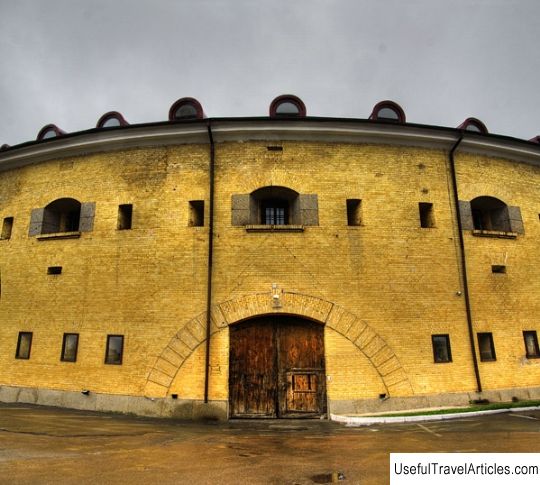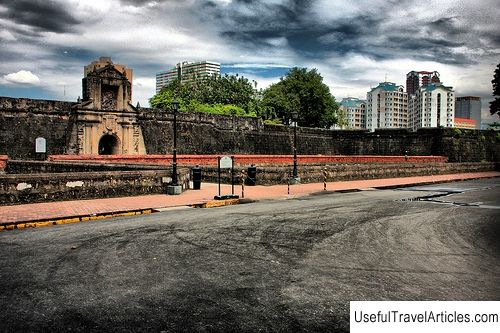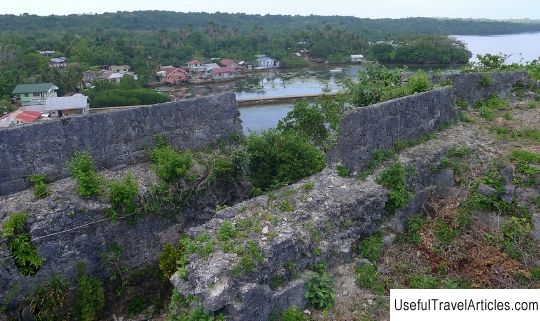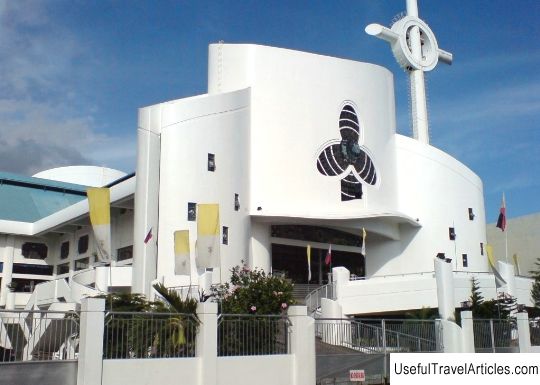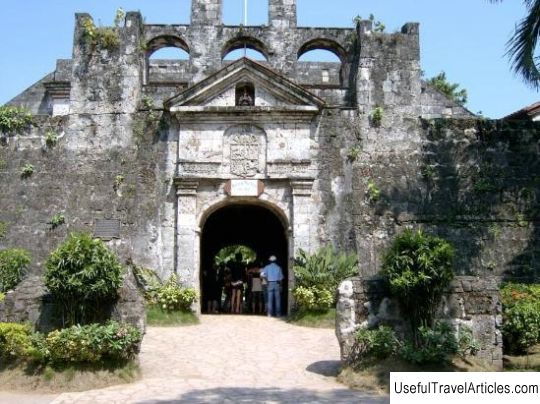Fort Pilar description and photos - Philippines: Zamboanga
Rating: 7,6/10 (1285 votes) 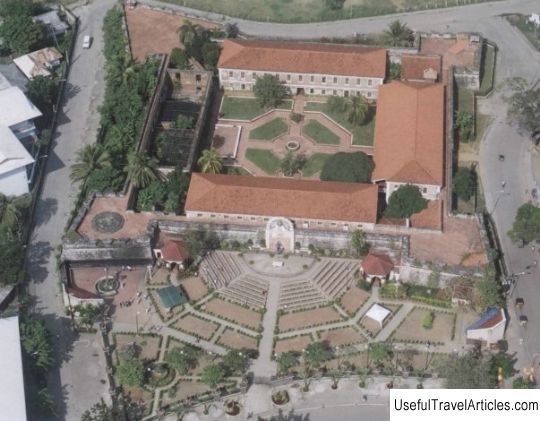
Fort Pilar description and photos - Philippines: Zamboanga. Detailed information about the attraction. Description, photographs and a map showing the nearest significant objects. The name in English is Fort Pilar. Photo and descriptionFort Pilar, whose official name is the Royal Fort of the Blessed Virgin Mary of Pilar from Zaragoza, was built in the 17th century by the Spanish conquistadors on the southern tip of the island of Mindanao. Today it is a branch of the National Museum of the Philippines and one of the main attractions of the city of Zamboanga and a symbol of its cultural heritage. Outside the fort, near its eastern walls, there is an image of the Virgin Mary of Pilar, the patroness of the city. Construction of the fort began in 1635 to protect the inhabitants of the small village of Hambangan from pirate raids - this was desperately requested by the Spanish government of the Philippines by Jesuit missionaries working in Mindanao. The original name of the fortress was Real Fuerza de San Jose - Royal Fort of St. Joseph. Since there were not enough hands to build the fort, workers were brought to Mindanao from the nearby islands of Kawite, Cebu, Bohol and Panay. Already in 1646 the fort was attacked - the Dutch attacked it. Later, in 1662, the Spaniards left their fortress themselves and returned to Manila to confront the Chinese pirates. In 1669 the Jesuit monks had to rebuild the fort after numerous raids by invaders. And in 1718-19, the fortress was completely rebuilt by order of the Spanish Governor-General Fernando Rueda and received a new name - the Royal Fort of the Blessed Virgin Mary of Pilar from Zaragoza in honor of the patroness of Spain. A year later, three thousand pirates led by the powerful sultan Bulig attacked the fort, but were driven back. In 1798, the fort was attacked by British troops, but the fortress survived again. In 1734, an image of the Virgin Mary of Pilar was placed on the eastern wall of the fort so that people could pray to her and give honors. They say that in that year the Virgin Mary herself appeared at the gates of the city - the guard did not recognize her and ordered her to stop. And when he realized who was in front of him, he fell to his knees. Another legend says that it was the Virgin Mary of Pilarskaya who saved the city from a terrible disaster: in September 1897, a strong earthquake occurred in the western part of Mindanao. And there were people who claimed to have seen the Virgin Mary soar over the Basilan Strait, raised her right hand and stopped the impending giant waves, thus saving the city from the tsunami. In 1973, Fort Pilar was declared a national treasure of the Philippines. Since after the Second World War it was in a deplorable state, in 1980, large-scale restoration work began, which was directed by the National Museum for six years. After their completion, a branch of the museum was opened inside the fort with a special exhibition dedicated to Filipino contemporary art. In 1987, an exhibition was opened, telling about the marine life of the Basilan Strait and the Sulu Sea. In another exhibition, you can see the remains of the ship "Griffin", which sank off the coast of Zamboanga in the 18th century. Small and cozy squares are laid out inside and outside the fort, and the Paseo del Mar embankment protects the fort buildings from the destructive effects of the sea.          We also recommend reading Church of the Assumption of the Blessed Virgin Mary in Aksenovo description and photos - Russia - North-West: Pskov region Topic: Fort Pilar description and photos - Philippines: Zamboanga. |
